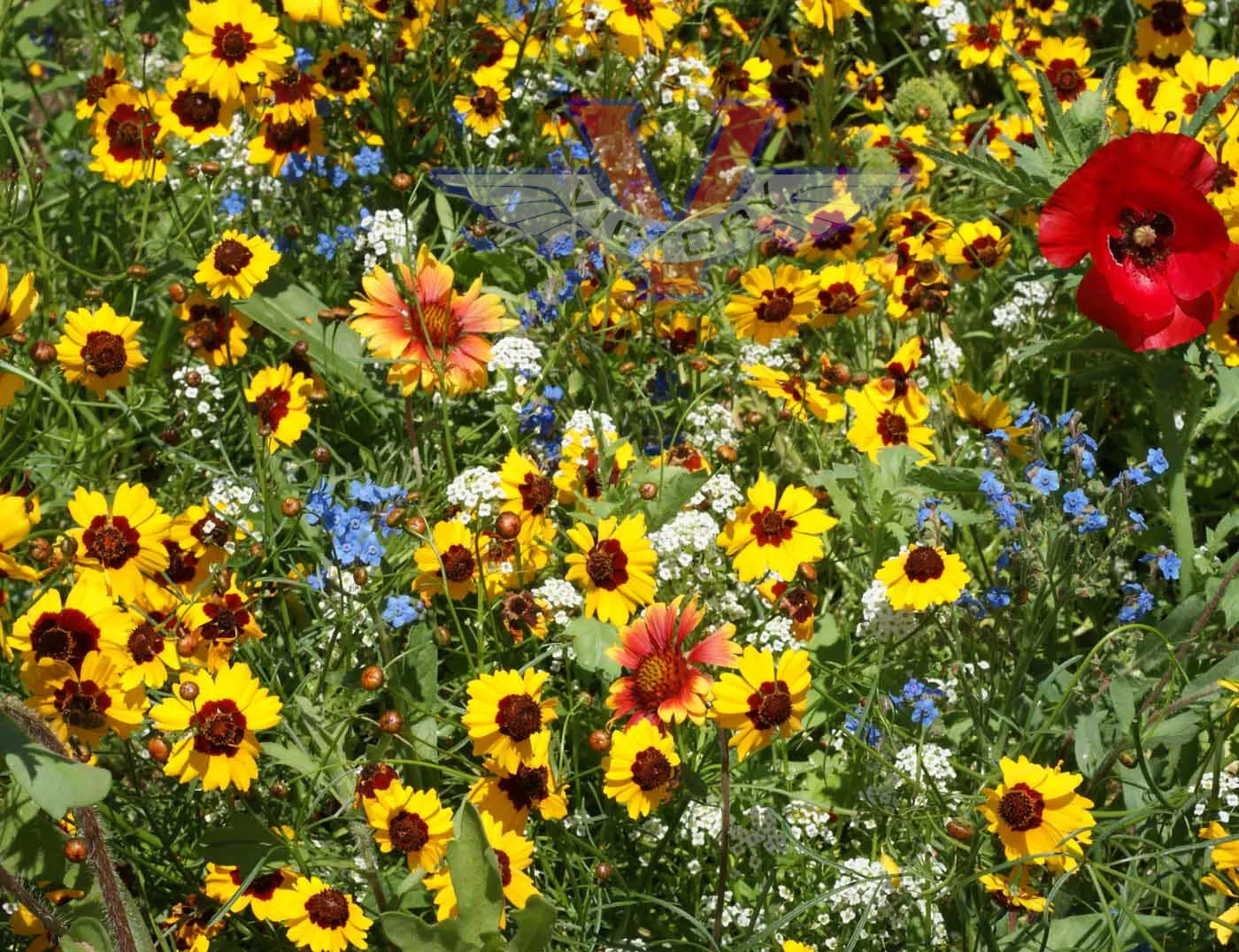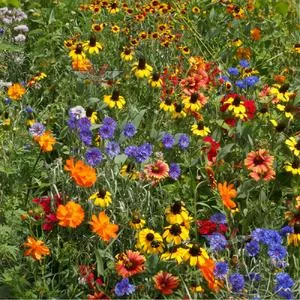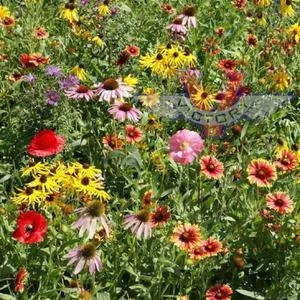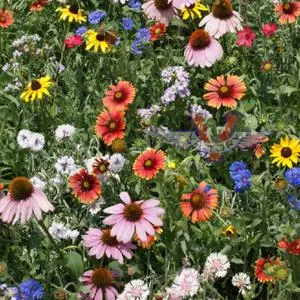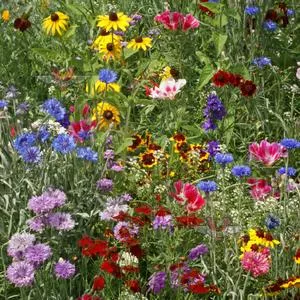Bees & Pollinators Feed Seed Mix
Price: $4.45
SKU: 1000922The mix includes the following annual and perennial varieties:
Baby Blue Eyes (Nemophila menziesii), Bergamot (Monarda fistulosa), Blue Flax (Linum perenne), California Poppy (Eschscholzia californica), China Aster (Callistephus chinensis), Chinese Forget-Me-Not (Cynoglossum amabile), Flanders Poppy (Papaver rhoeas), Fleabane Daisy (Erigeron speciosus), Globe Gilia (Gilia capitata), Indian Blanket (Gaillardia pulchella), Lance-Leaved Coreopsis (Coreopsis lanceolata), New England Aster (Symphyotrichum novae-angliae), Plains Coreopsis (Coreopsis tinctoria), Purple Coneflower (Echinacea purpurea), Purple Giant Hyssop (Agastache rugosa), Siberian Wallflower (Cheiranthus allionii), Sweet Alyssum (Lobularia maritima), Tidy Tips (Layia platyglossa).
- Colony Collapse Disorder
- The Xerces Society is a nonprofit organization that protects wildlife through the conservation of invertebrates and their habitat. For forty years, the Society has been at the forefront of invertebrate protection worldwide, harnessing the knowledge of scientists and the enthusiasm of citizens to implement conservation programs.
- North American Pollinator Protection Campaign (NAPPC) is a nonprofit organization that works to promote public awareness of pollinator decline. It was largely through their efforts that the National Pollinator Week declaration was made.
- The USDA's Pollinator Page.
Customer Reviews:
By Karen (Falls Church, VA) on July 30, 2025
Every year I am asked, where do I get my wildflowers. High germination rate and a variety of colors throughout the season. And because we are not too far north-establishment of some of the flowers. My yard, my parish giving garden, and friends' yards are pollinator havens thanks to Victory. One day I counted and had at least 5 different species of bees and other pollinators as well. Really worth it.

